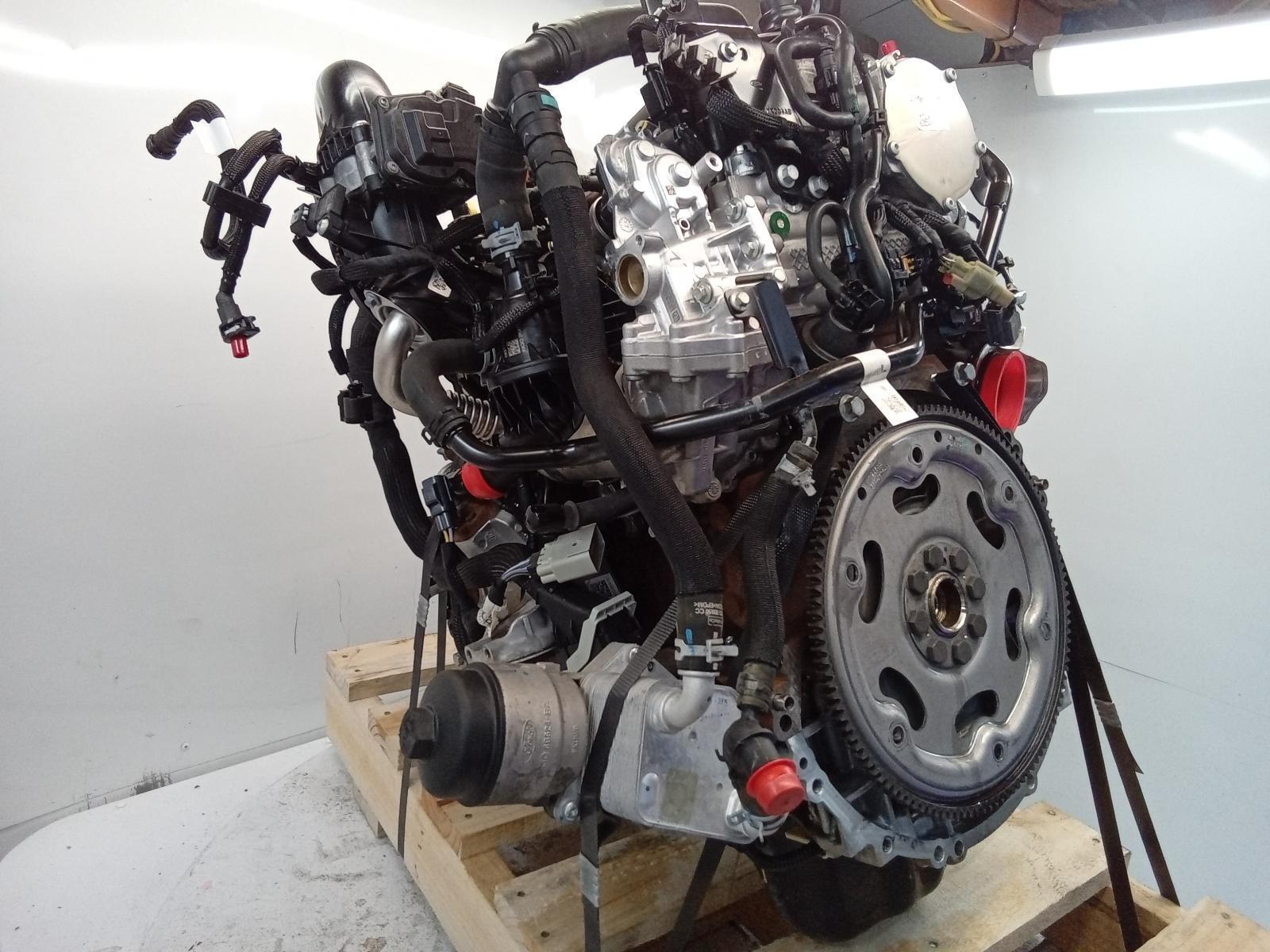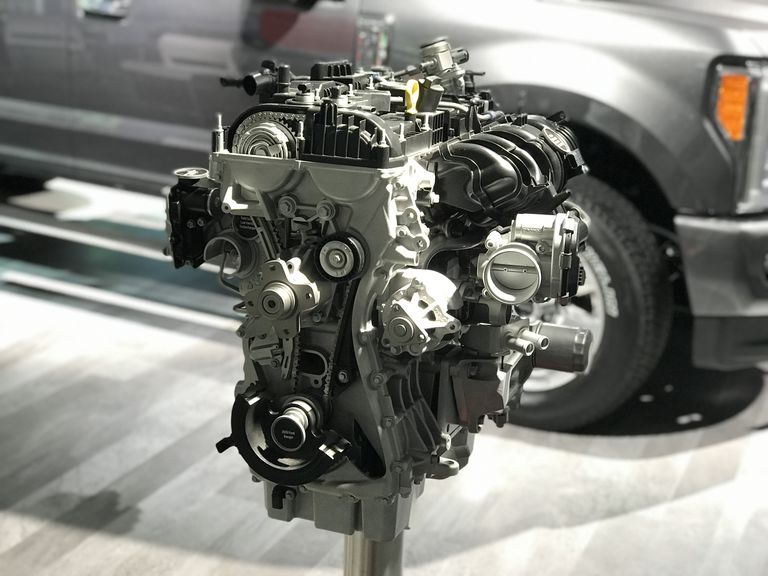Is the 2.2 Ford Ranger Engine the Right Fit for Your Driving and Work Needs?
Is the 2.2 Ford Ranger Engine the Right Fit for Your Driving and Work Needs?
Blog Article
What Makes a Vehicle Engine Run Efficiently: Leading Tips for Ideal Care
The smooth operation of a vehicle engine is fundamental to both performance and durability, making optimal care an essential obligation for lorry proprietors. What specific steps should you focus on to ensure your engine remains in peak condition?
Routine Oil Changes
Among one of the most vital facets of auto maintenance is guaranteeing your engine obtains routine oil adjustments. Engine oil lubes interior parts, lowers friction, and helps keep optimal operating temperature levels. Over time, oil deteriorates because of warm, contaminants, and the natural by-products of combustion, causing minimized effectiveness and prospective engine damage.
A lot of suppliers advise transforming the oil every 5,000 to 7,500 miles, yet this interval can vary based upon driving conditions and oil kind. Synthetic oils might permit for longer intervals in between modifications. Routine oil changes not just enhance engine performance but additionally improve fuel efficiency, as clean oil advertises smoother operation.
Ignoring oil changes can cause sludge build-up, which hinders flow and can result in extreme engine problems. It is vital to inspect oil degrees routinely and check for any kind of unusual changes in color or uniformity, which can suggest contamination or deterioration.

Preserving Coolant Degrees
Maintaining proper coolant levels is vital for stopping engine getting too hot and making certain optimal performance. The coolant, generally a blend of water and antifreeze, flows via the engine, absorbing heat and stopping thermal stress and anxiety. Not enough coolant can bring about raised engine temperature levels, which might create extreme damages or perhaps total engine failing.
To keep optimum coolant levels, consistently check the coolant storage tank, generally situated in the engine bay. Make sure the coolant is filled up to the suggested mark, as indicated in your vehicle's proprietor guidebook. It is suggested to inspect the levels at least as soon as a month or eventually trips, especially during severe climate problems.
If you discover that the coolant level is consistently reduced, there might be a leak in the air conditioning system, which need to be resolved without delay to stop additional issues. 2.2 ford ranger engine. Furthermore, flushing the coolant system every 2 to 3 years can assist eliminate any type of accumulated particles and make certain reliable warm exchange
Checking Air Filters

It is recommended to inspect the air filter every 12,000 to 15,000 miles, or more regularly if driving in dusty or negative conditions. A straightforward visual inspection can typically reveal whether the filter is unclean or damaged. It needs to be replaced immediately. if the filter shows up discolored or has noticeable dirt accumulation.
Making use of a high-quality air filter developed for your specific car version can even more boost engine performance. Furthermore, some lorries may profit from reusable filters that can be cleaned up and re-installed, providing a ecologically pleasant and affordable alternative.
Inspecting Flicker Plugs
Flicker plugs are crucial parts of a lorry's ignition system, straight affecting engine performance and efficiency. They create the spark that ignites the air-fuel combination in the burning chamber, assisting go now in the engine's power generation. Routine assessment of stimulate plugs is important for maintaining optimal engine feature and protecting against possible problems.
During an assessment, search for signs of wear or damage, such as splits, carbon accumulation, or extreme gap widening. A healthy trigger plug commonly shows a light brownish or tan color. Dark residue or oil deposits can indicate improper burning, while a blistered or white look may suggest getting too hot. Both conditions call for instant interest to stop additional engine damage.
It's advisable to check ignition system every 30,000 miles, or as advised in your lorry's owner manual. In addition, think about changing them according to the maker's guidelines, as old or used spark plugs can cause misfires, lowered fuel performance, and increased discharges.
Surveillance Tire Pressure
Under-inflated tires can lead to reduced moved here gas performance, raised tire wear, and compromised handling. Regular tracking of tire pressure is necessary for optimum lorry procedure.
Tire stress need to be checked at the very least once a month and before long trips. Use a reputable tire pressure gauge to determine the pressure when the tires are chilly, ideally before the automobile has been driven for at the very least 3 hours. Describe the vehicle's owner manual or the placard located on the motorist's side door jamb for the maker's suggested pressure levels.
It is very important to note that tire pressure can vary with modifications in temperature; a drop of 10 ° F can lead to a 1-2 psi reduction in stress. In addition, aesthetically inspect tires for any indications of wear or damages throughout your surveillance regimen. Keeping correct tire stress not only improves car safety however also improves gas effectiveness and extends tire life, eventually adding to a smoother engine efficiency.
Final Thought
Finally, keeping a vehicle engine's smooth operation needs thorough focus to numerous key elements. Normal oil modifications, appropriate coolant degrees, clean air filters, well-maintained spark plugs, and optimal tire stress jointly add to improved performance and durability. Following these maintenance practices not only boosts gas effectiveness yet likewise advertises a safer driving experience. Inevitably, a proactive technique to engine treatment is important for making sure reliability and performance with time. 2.2 ford ranger engine.
One of the most important facets of car maintenance is ensuring your engine gets routine oil adjustments. Engine oil lubricates internal elements, lowers rubbing, and helps preserve optimum operating temperature levels. Regular oil changes not only enhance engine efficiency yet also enhance fuel efficiency, best site as clean oil advertises smoother operation.
Insufficient coolant can lead to enhanced engine temperature levels, which might create extreme damages or also overall engine failing.

Report this page